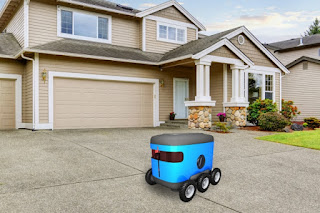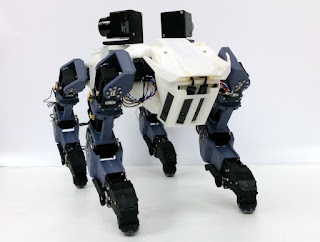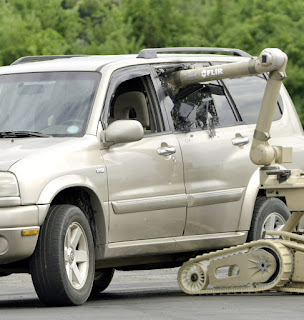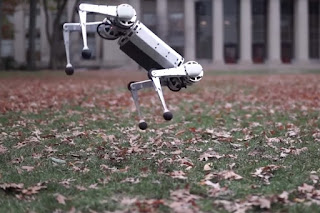In the not too distant future, robots may be dispatched as last-mile
delivery vehicles to drop your takeout order, package, or meal-kit subscription
at your doorstep — if they can find the door.
Standard approaches for robotic navigation involve mapping an
area ahead of time, then using algorithms to guide a robot toward a specific goal or GPS
coordinate on the map. While this approach might make sense for exploring
specific environments, such as the layout of a particular building or planned
obstacle course, it can become unwieldy in the context of last-mile delivery.
Imagine, for instance, having to map in
advance every single neighborhood within a robot’s delivery zone, including the
configuration of each house within that neighborhood along with the specific
coordinates of each house’s front door. Such a task can be difficult to scale
to an entire city, particularly as the exteriors of houses often change with
the seasons. Mapping every single house could also run into issues of security
and privacy.






